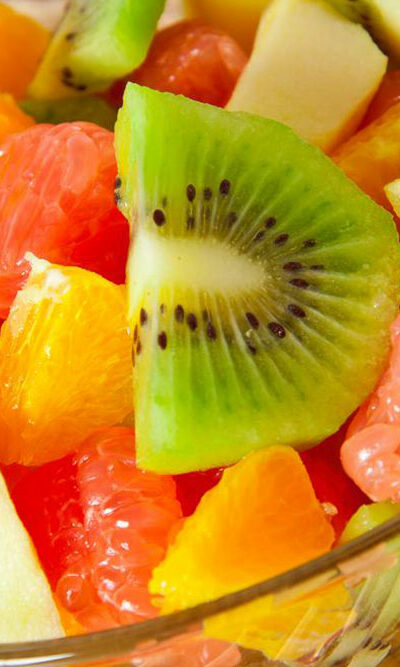
Best Diet Options for Irritable Bowel Syndrome
Irritable bowel syndrome is a disease which restricts your diet immensely. There are different types of the disease and irritable bowel syndrome varies from person to person. You need to keep track of the food items that may trigger the syndrome. This can help you prevent it and lead a better, healthier life. The food items which make your symptoms flare up are called triggers. The IBS diet plans mentioned below will help you avoid problems with diarrhea, belly pain, bloating and constipation. It is all about making the right plan and following it to your best ability. Irritable bowel syndrome constipation There are several food items that can make IBS constipation worse. You need to avoid eating these food items and stick to a healthy diet plan. Here are a few food items you need to avoid at any cost. Coffee Carbonated drinks Alcohol Dairy products (especially cheese) Breads and Cereals Made with Refined Grains Processed Food Items High-Protein Diets Minimize or nullify your intake of these food items and you will have a great IBS diet plan to go. This does not necessarily limit you to eating peanuts all the time. You can boost your fiber intake by 2-3 grams per day to increase the likelihood of you reacting better to IBS constipation. Try to eat 25-38 grams of fiber per day and reap its benefits. There are several good sources of fiber. These include whole-grain bread, beans, fruits, cereals, and vegetables. You can also eat food items such as dried plums and prune juice. These are rich in sorbitol which is also a substitute of sugar. Eat this in moderate amounts. Drink plenty of water on a daily basis and you should see improvements soon. Irritable bowel syndrome-diarrhea Frequent visits to the washroom are certainly draining for a patient suffering from diarrhea.










